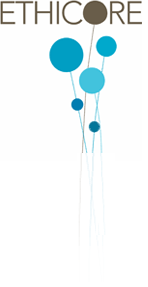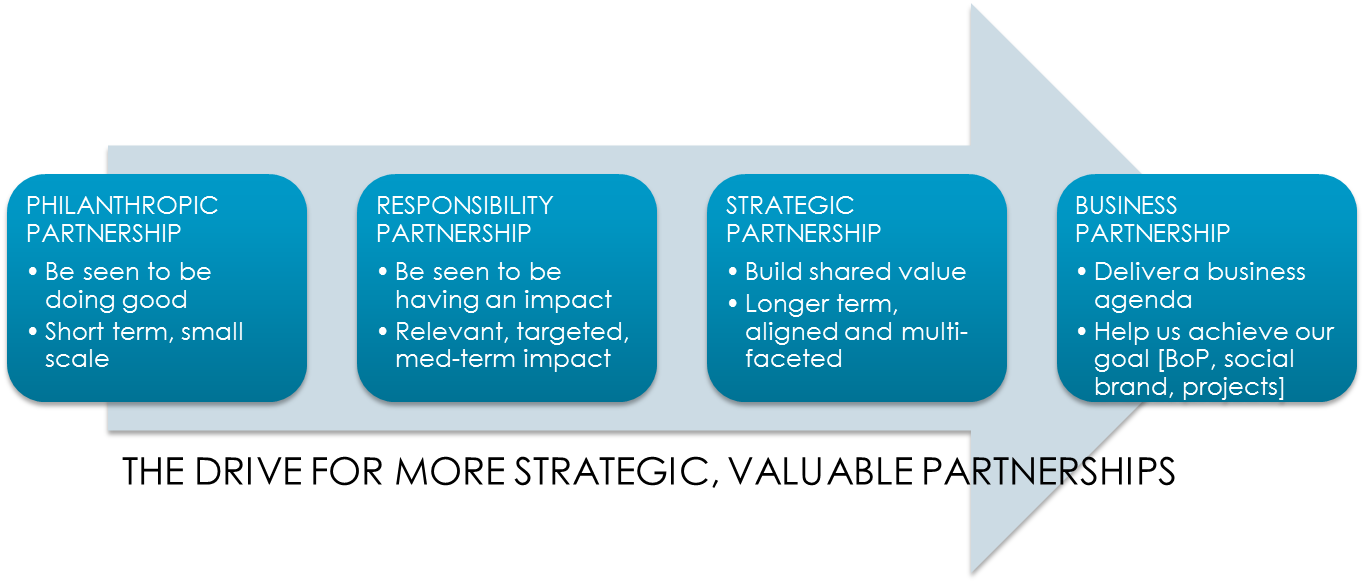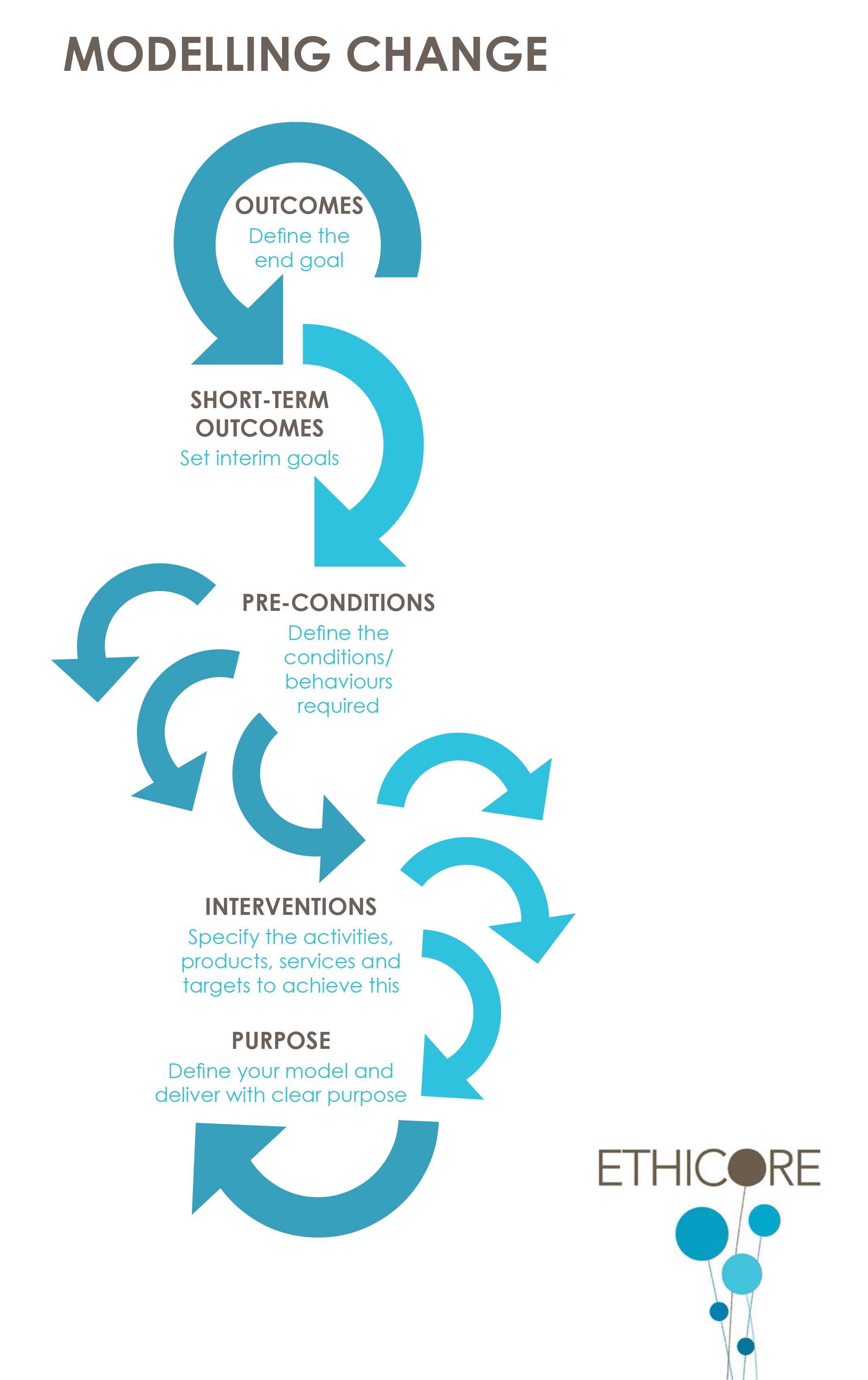By Rachael Clay
 “Can you help us develop our strategy for [insert theme here]?” “Sure”, we say, “Is that a piece of paper, or the actual impact you want?”
“Can you help us develop our strategy for [insert theme here]?” “Sure”, we say, “Is that a piece of paper, or the actual impact you want?”
Strategy can be about so many things… securing funds, keeping a board happy, demonstrating team worth. Often, the focus is on getting a strategy signed off. But that is just the beginning. If you do ‘strategy like you mean it’, you want to understand what it will take to deliver your goals. You are going to need depth, diffusion and delivery.
DEPTH
A strategy for impact needs to be built on deep insight in the internal as well as the external issues, opportunities, markets, trends and targets. But you also have to…
- Think about the plan right from the beginning. Where could the energy, influence, budget, capacity and impact come from?
- Understand what it will really take to deliver your objectives. You have to actively listen to your stakeholders and immerse them in your work.
- Keep your blockers close. Listen hard to their challenges and respond to them, letting them be part of the solution.
DIFFUSION
A strategy for impact needs ownership and commitment to the strategy diffused throughout the organisation. You can facilitate diffusion by encouraging the freedom to develop the strategy at all levels:
- Co-create the direction with others, both internal and external. New online collaborative tools mean there is no excuse for working in splendid isolation.
- Socialise the strategy to inspire and engage all stakeholders, e.g. create moments to immerse teams in the strategy.
DELIVERY
The impact is only achieved when the strategy is implemented well.
- Capture the energy and commitment for the direction in a plan. Make it smart and deliver some quick wins.
- Demand, reward and enable leadership of the strategy with simple, empowering and positive communications.
We all know that a strategy on paper doesn’t make change happen. It is the people who shape it, own it and deliver it that do. So, let’s do strategy like we mean it: develop it with depth, diffuse it and deliver it for impact.
Rachael, Director of Ethicore, established the company in 2008 to help sustainable businesses, influential NGOs and institutions have a better impact through insight, engagement and partnership.



